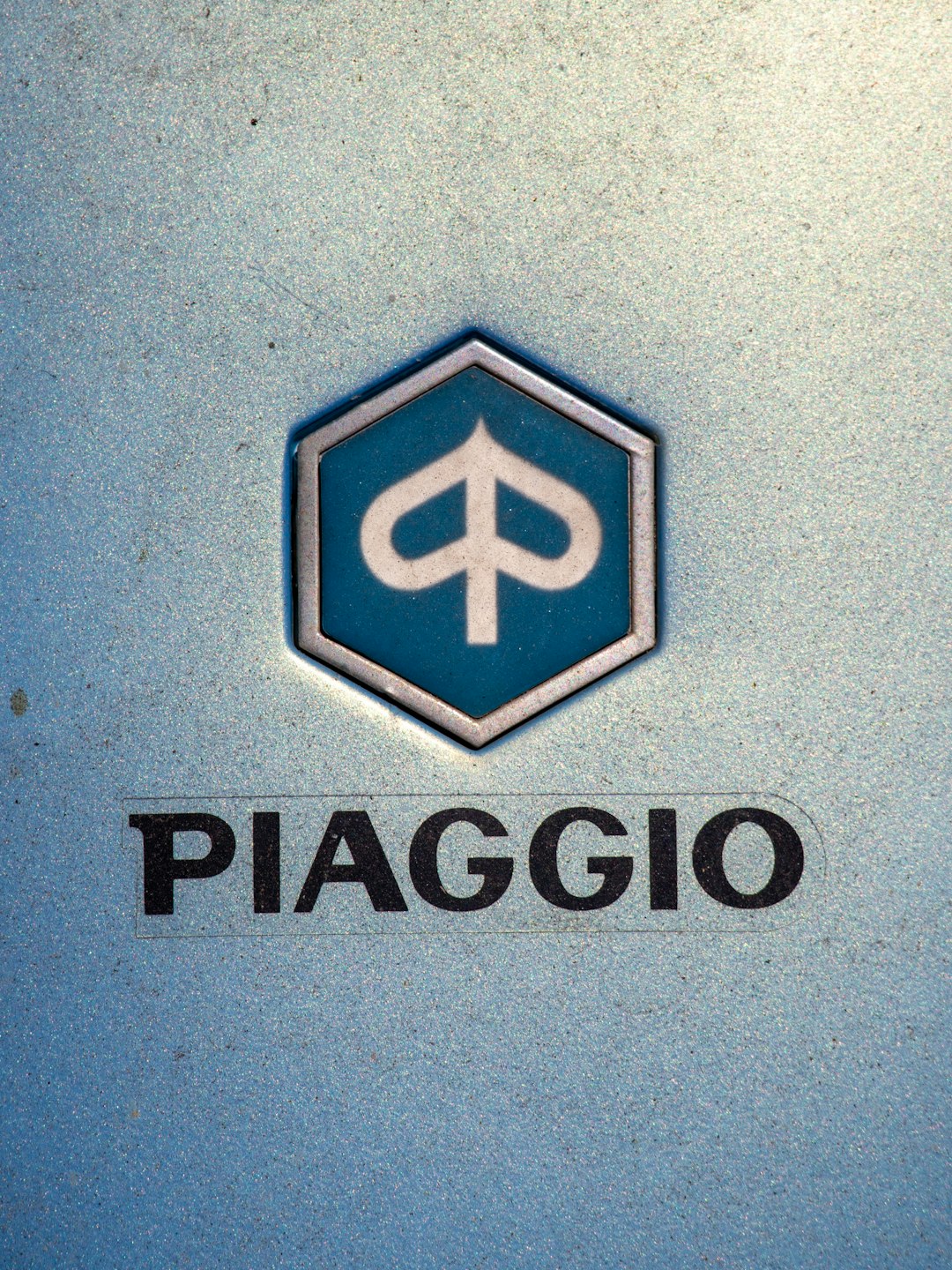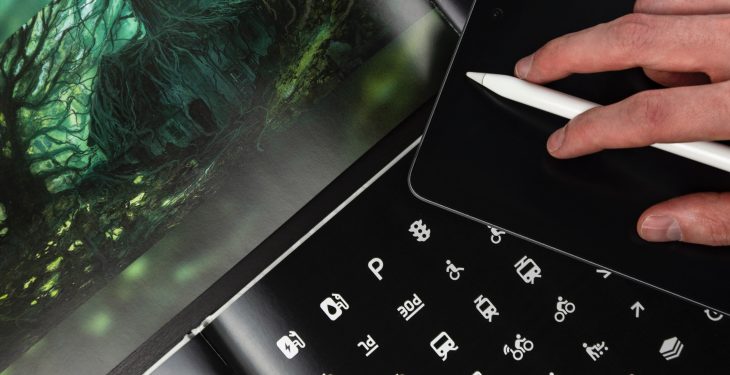So, you’ve just wrapped up a stunning new logo design for your client. The colors pop. The typography sings. The curves are as smooth as jazz on a Sunday morning. But there’s one last step: handing it off.
TLDR: A Logo Handoff One-Pager is a simplified guide for clients. It makes sure they know how to use their new logo properly. It includes file types, color versions, and basic do’s and don’ts. In just a few minutes, your client becomes confident — and your design stays consistent.
Why You Need a Handoff One-Pager
Clients are not designers. And that’s perfectly okay! But when you give them a folder full of mysterious files like .AI and .EPS, their brains may start melting.
This is where the Logo Handoff One-Pager swoops in to save the day. It turns a scary sea of assets into a friendly guide. When done right, it answers 95% of the questions a client will ever ask about their logo.
What Is a One-Pager?
Think of it as a cheat sheet. A single document (usually a PDF) that breaks down:
- What files they’ve received
- How to use each logo version
- Color options and when to use them
- Do’s and don’ts to protect your design
It’s short, sweet, and makes your client feel smart. Win-win!
Start with a Friendly Welcome
Begin the one-pager with a thank-you note or greeting. Something like:
“Thanks for trusting me with your brand! Below is everything you need to keep your logo looking amazing, no matter where it’s used.”
This sets the tone — helpful, supportive, and zero design snobbery.
Section 1: What’s in Your Logo Kit?
List out the files clearly. Keep it simple and explain what each is for:
- Primary Logo (Full Color): For most uses — websites, email headers, merchandise.
- Black & White Logo: For faxing, newspaper ads, or when color printing isn’t available.
- Icon Only: For social media avatars or mobile app buttons.
Briefly mention file formats too:
- PNG: Transparent background, great for digital use.
- SVG: Scales without losing quality, ideal for websites.
- EPS: The go-to for print vendors and professional editors.
Section 2: When to Use Which Version
Use visuals here if you can. A few side-by-side examples showing how different logo versions fit different settings.

This keeps non-designers from using, say, a colorful version of the logo on a dark background (ouch). Or placing the icon alone when they need to show the full brand.
Section 3: Colors and Combinations
Every client should know their color codes. Include a small swatch section:
- Primary Color: HEX: #123456, CMYK: 75/68/67/90, RGB: 18/52/86
- Accent Color: HEX: #abcdef, CMYK: 10/20/5/0, RGB: 171/205/239
Explain when to use dark vs. light versions. If your logo has both horizontal and stacked formats, explain their ideal use cases: websites vs. vertical banners, for example.
Section 4: Logo Usage Do’s and Don’ts
This is the fun part. Show your logo in awkward or completely wrong uses… and then fix them.

Common no-no’s include:
- Stretching the logo
- Changing the brand color
- Adding shadows or glows
- Turning the logo sideways (you’d be surprised!)
You can write short captions like:
Don’t squash me! Maintain proportions when resizing.
Section 5: Social Media Tips
Clients often want to slap logos everywhere online. Help them do it right:
- Use the icon version for profile pictures. It’s simple and clean.
- Keep the background clutter-free. Your brand needs room to breathe.
- Use high-res logos only. Blurry = bad branding.
Design It Like a Designer
Remember, this is your last chance to impress. Make your one-pager:
- Visually appealing – use brand colors and styles
- Easy to follow – break info into sections with headers
- Fun! – friendly copy beats corporate jargon
Optional Bonus Section: Frequently Asked Questions
Adding a small FAQ can save you future emails. For instance:
- Q: What if I need the logo in another format?
- A: Just let me know! I’ve got you covered.
- Q: Can I change the color of the logo?
- A: Nope — color is part of your brand identity. Stick with the approved ones!
Keep It to One Page
Resist the urge to over-explain. This isn’t a brand bible. It’s a quick-start guide. One page, one purpose: educate fast.
If it reads like a menu at your favorite taco shop — short, clear, and with pictures — you nailed it.
Make It Shareable
Export the one-pager as a high-quality PDF. You can also give clients a tiny printed card with a QR code linking to it. It makes them feel like they’ve been given techy treasure.
Bonus: Add your contact info at the bottom so they can reach out if they need anything.
Final Touch: Remind Them They’re in Charge
End with encouragement. Something like:
“Your logo is a powerful tool — use it with pride and style. And if in doubt, just ask!”
This empowers your client while reminding them you’re still around.
Wrap-Up
Designing a logo is a big job. But delivering it well makes the difference between a confused client and a loyal one. With a simple, beautiful Logo Handoff One-Pager, you’re not just handing off files — you’re handing over confidence.
And the best part? It only takes a few minutes to read, but it sticks with them forever.
Now Go Make That One-Pager!
If you take just one thing from this article, it’s this: helping your client understand helps your design succeed. So break it down, keep it fun, and let that logo shine wherever it goes!
